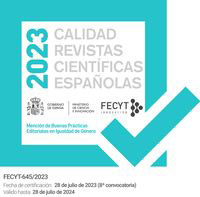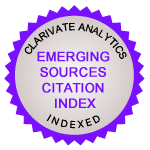Artificial Intelligence Use Policy
RAEI aligns with the positions and recommendations of organisations such as the Committee on Publication Ethics (COPE) and the STM Integrity Hub regarding the use of artificial intelligence (AI) tools in the preparation, review, and publication of scientific articles.
1 Authors
If AI tools were used during the research process (e.g., data collection, data analysis), the author(s) must provide a detailed description in the Methodology section (or equivalent) of the article, specifying which tools were used and how.
The use of publicly available generative AI tools is permitted for the primary purpose of assisting authors with editing, proofreading, translation, formatting, and document preparation. Authors must include a section titled Use of Artificial Intelligence, in their manuscripts, placed before the References section, in which they explain which tools were used and for what purposes—or alternatively, declare that no such tools were used.
AI tools must not be used to create, modify, or manipulate original research data or results, such as images, markings, photographs, radiographs, measurements, etc.
AI tools cannot be listed as authors of articles, images, figures, or any other content, as they do not meet the criteria for authorship. They cannot take responsibility for the work, declare conflicts of interest, or manage copyright agreements or licenses. Authors are fully responsible for the content of their manuscripts, including any parts produced with the assistance of AI tools, and are therefore accountable for any violations of publication ethics.
2 Reviewers
Reviewers must not use AI tools or services to evaluate manuscripts, as this may breach obligations related to copyright, privacy, security, or confidentiality.
3 Editorial Team
Editorial staff must also refrain from using AI tools to assess manuscripts, due to potential breaches of confidentiality, privacy, or copyright obligations.





